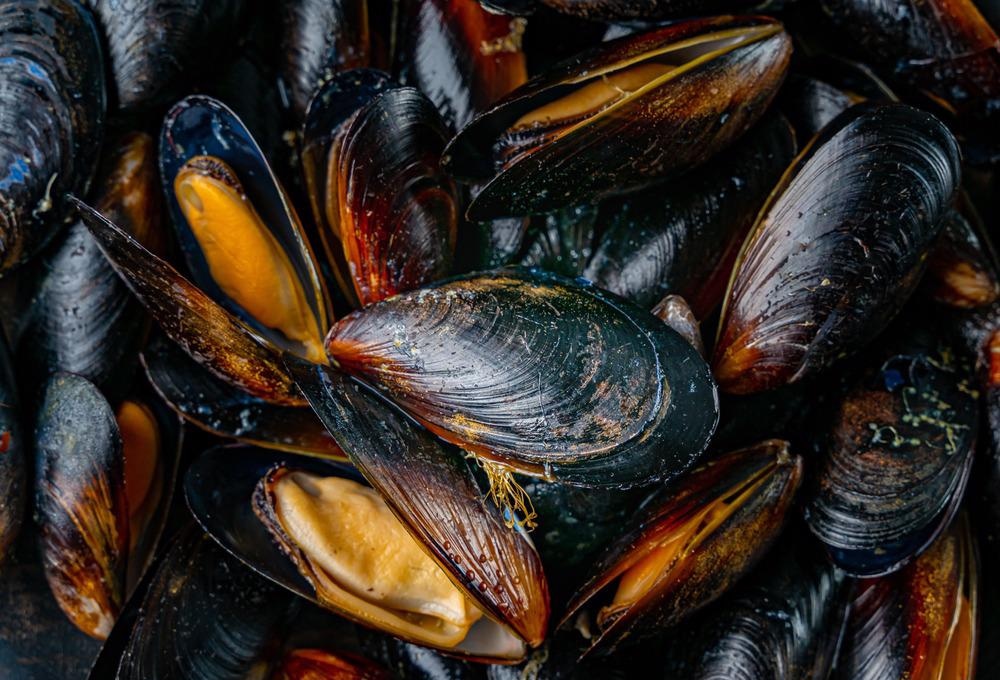Keratin composites have recently shown considerable promise in wound healing, tissue rebuilding, and packaging, replacing petrochemical-based products. A new study available in the journal Materials Letters focuses on the production of high-performance keratin composites utilizing cellulose nanocrystals with mussel-inspired surface modifications.

Study: Fabrication of Mechanical Robust Keratin composites via Mussel-inspired Surface Modification of Cellulose Nanocrystals. Image credit: Kosmogenez/Shutterstock.com
Drawbacks of Petrochemical-Based Products
Petroleum-based products have been widely used in numerous industries and have followed the progression of society through its major industrial revolutions. Because of their inherent adaptability, great physical qualities, and high ease of processing, the consumption of petroleum-based polymeric materials can be called an ever-growing phenomenon.
However, given the limited and deteriorating condition of petroleum supplies, renewable and organically generated alternatives must be explored. Furthermore, when the life span of those petroleum-based products expires, it often takes hundreds of years to break down in a naturalistic environment, resulting in a significant effect on ecosystems and the biosphere.
Keratin Composites: An Eco-friendly Alternative to Petrochemicals
Sustainable bio-based products created from natural assets have received considerable attention recently, owing to their promising contribution as a replacement to petrochemical-based products. Regenerative protein compounds, such as keratin, have significant application promise in a variety of disciplines, including food manufacturing, tissue engineering, and tissue repair.
Keratin is a protein complex that may be reproduced from chicken wings, hair, and hooves. It has good solubility and bioavailability. Nevertheless, keratin has very weak mechanical characteristics, despite its distinctive structure and features, and as a result, materials created from keratin lose the durability essential for many applications.
Limitations of Previous Methods
Many endeavors have been undertaken to cross-link keratin molecules using a cross-linking reagent or change their functional group through a chemical process to boost the mechanical rigidity of keratin-based products. This lengthy, expensive, and multiphase technique is undesirable because it may accidentally modify their distinctive qualities, rendering keratin-based products less biodegradable.
As a result, a novel strategy for improving the structural stability of keratin products using naturally existing biodegradable polymers such as cellulose rather than chemical alteration using synthetic compounds is required.
Use of Cellulose Nanocrystals as Nanoscale Fibers
As nanoscale fibers, cellulose nanocrystals (CNCs) have recently gained much popularity. Cellulose has great recyclable, regenerative, and versatile qualities in nature. CNCs are a good choice for polymer reinforcing agents because of their abundant availability and outstanding mechanical qualities. The most important aspects influencing the ultimate mechanical characteristics of nanocomposites are surface contact and filler distribution.
The nanoparticles should be uniformly disseminated in the polymer network to generate a percolation matrix for stronger adhesiveness. Stress transmission from matrix to filler network should be facilitated by a strong interfacial connection between nanofillers and the matrix. A surfactant might be employed to alter the surface of CNCs to increase their distribution in the polymer matrices.
Mussel-inspired Surface Modifications of CNCs
The researchers devised a novel sort of surface modification of CNC to boost the interaction force between CNC and the matrix by emulating a simple catechol/polyamine combination, motivated by a marine mussel that could connect extremely firmly to practically all surfaces owing to its strong adhesion proteins.
A reduction procedure was used to generate a keratin mixture, which was then treated at ambient temperature to get a 6 percent keratin solution. CNC/keratin composites were then created by incorporating 3% (weight of keratin) CNC into the keratin solution before film processing.
The mechanical characteristics of the composites were determined using universal tensile testing equipment following ASTM standard D-3822. The chemical surface content was examined using X-ray photoelectron spectroscopy (XPS).
Key Findings of the Study
In this work, the researchers discovered a simple and effective technique for surface treatment of cellulose nanocrystals with polydopamine (PDA@CNC) that results in a strong interfacial adhesion to the keratin matrix. An XPS analysis revealed that surface alteration was accomplished by dopamine self-polymerization.
The mechanical characteristics of the keratin film following 3 percent PDA@CNC immersion are greatly improved and can achieve 29.01 MPa, compared to 9.17 MPa for pristine keratin film. This way of enhancing keratin materials has the potential to broaden their applicability in a variety of industries.
Reference
Hu, Y. et al. (2022). Fabrication of Mechanical Robust Keratin composites via Mussel-inspired Surface Modification of Cellulose Nanocrystals. Materials Letters. Available at: https://www.sciencedirect.com/science/article/pii/S0167577X22007741
Disclaimer: The views expressed here are those of the author expressed in their private capacity and do not necessarily represent the views of AZoM.com Limited T/A AZoNetwork the owner and operator of this website. This disclaimer forms part of the Terms and conditions of use of this website.